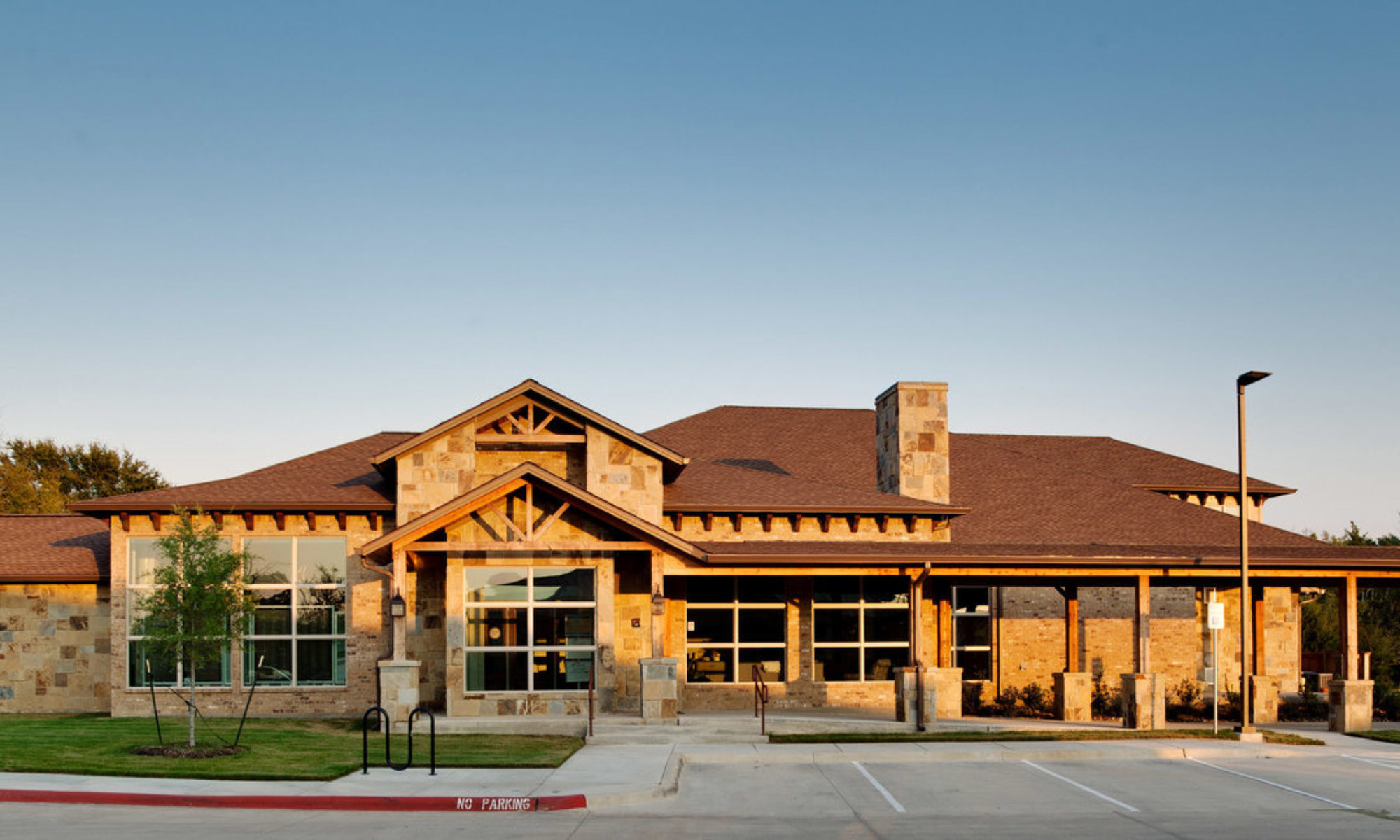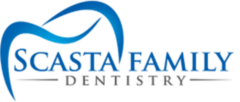
TMJ/Facial Pain
Does your jaw pop? Do you find yourself grinding your teeth? Do you experience headaches from jaw pain? We offer solutions and services that may help you find ‘peace of mind.’
TMJ is an acronym for the TemporoMandibular Joint. TMJ is an anatomical orthopedic joint, just like any other joint in your body. The key to the health of any joint, including this one, is lubrication. Most disorders of the TMJ are related to the lack of lubrication in the joint space. It is susceptible to the same problems as all your joints.

Disorders of the TMJ are medical problems that require mainstream medical orthopedic treatments like orthotics, medications and physical therapy. TMJ has been used by many people through the years to actually describe TMD, which is an acronym for TemporoMandibular Disorder. TMD describes many symptoms related to the jaw and supporting structures. TMD can include TMJ problems, as well as muscle pain, headaches and other types of facial pain. This disorder is a subgroup of orofacial pain that includes many different types of pain in the head and neck.
The TM joint itself is located directly in front of the ear and is commonly called the ‘jaw joint.’ Common symptoms of TM disorders are:
- pain or discomfort around the ear, jaw joints or facial muscles
- headaches
- temple pain
- tooth or throat pain
- pain with opening or chewing
- locking, limited jaw opening, clicking, popping, and grating noises.
If you have any of these symptoms for more than a month, you should seek treatment from your dentist.
The TM joint is subject to degeneration. We have been created to adapt to these degenerative processes. When the degenerative process exceeds the body’s ability to adapt, there is pain or loss of function. The doctor’s job is to identify all the risk factors driving this degeneration and treat them appropriately. Most of the time it is over-activity of the clenching muscles; so the treatment sequence is usually designed to deal with whatever is driving those muscles. During the day, it is common that the cause is clenching in response to stress. At night, it is usually a collapsing airway that leads to clenching and grinding. While the treatment usually entails an orthotic (splint), which is designed to relax these muscles, the actual cause of the muscle activity will need to be addressed in order to give long-lasting relief of this disorder.
For more information regarding TMJ/TMD disorders and symptoms, orofacial pain, neuralgia, fibromyalgia and headaches, try these links:
- TMJ and TMD:
- Orofacial Pain:
- Headache:

